According to Ms. Hai, currently, actors and singers use smoking as a way to express their character or mood during performances, which greatly affects the behavior and lifestyle of young people. In addition, tobacco companies can use celebrities, stage productions, movies, and music videos to promote smoking.
Currently, according to the provisions of the Advertising Law, advertising of tobacco products in all forms is prohibited; the Commercial Law also prohibits promotion or use of tobacco for promotion in all forms.
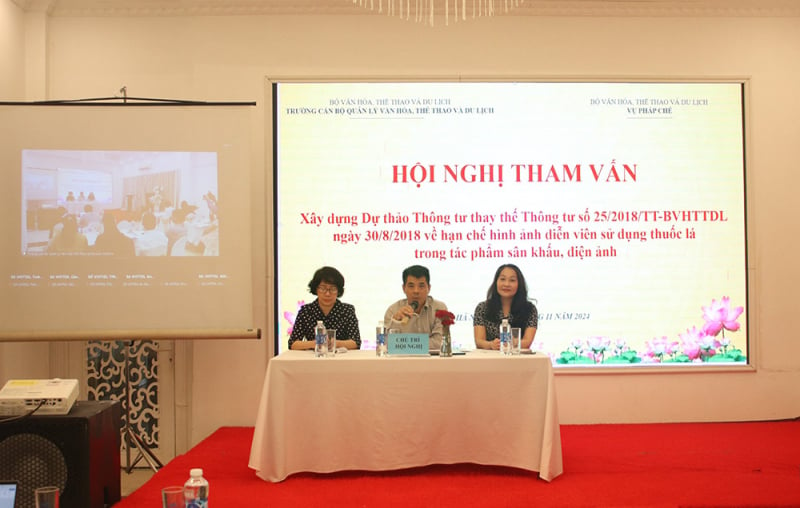
Experience from some countries such as China and India shows that strict management of images of tobacco use and tobacco-related tools such as ashtrays, billboards, labels, and colors related to different cigarette brands is very necessary and effective, helping to prevent an increase in smoking rates among young people.
Some of the measures that China is using to limit the image of actors using tobacco include: Managing the licensing or requiring editing of films if there are images related to tobacco; reducing the duration of smoking scenes; not smoking in scenes filmed in public buildings or places where smoking is prohibited; not showing scenes of minors smoking or buying tobacco; banning all forms of tobacco advertising on television, including the identification of tobacco products; plays with too many smoking scenes will not be nominated for any outstanding awards in the field of cinema; management agencies are responsible for managing and supervising, requiring producers within their jurisdiction to make smoke-free television works and advising directors and actors not to film smoking scenes.
Ms. Hai also pointed out that India has issued regulations that films and television content broadcast in India that depict tobacco must have a reasonable reason for using tobacco images; the film content must have a warning message about the harmful effects of tobacco on health, displayed for at least 30 seconds at the beginning and middle of the program. In addition, there are disclaimers in audio and visual form with a minimum duration of 20 seconds.
Ms. Hoang Tu Anh, Director of the Center for Health and Population Initiatives, shared the results of the evaluation of a number of movies and music videos with high views and popularity among young people, all of which contain a lot of tobacco images. Ms. Huynh Lan Phuong, an expert from Vital Strategies, also had a report from the American College of Surgeons in 2012 that confirmed the relationship between children starting to smoke and exposure to tobacco images on screen.
At the Conference, the majority of delegates agreed on the need to limit the image of actors using tobacco in stage and cinema works. Some opinions at the Conference recommended expanding the scope of the Circular to all forms, on all platforms (stage, big screen, television and internet platforms), domestically produced and imported films, and adding more specific information for each field of cinema, stage and the subjects of application of the Circular.
Mr. Pham Cao Thai, Director of the Legal Department, Ministry of Culture, Sports and Tourism, acknowledged the comments of the delegates and emphasized that the drafting agency will absorb the comments of agencies, organizations and individuals on the basis of ensuring compliance with international practices and the current context of tobacco harm prevention and control in Vietnam to continue editing and perfecting the draft Circular to submit to the Government.
Source: https://cand.com.vn/y-te/han-che-hinh-anh-dien-vien-su-dung-thuoc-la-trong-tac-pham-san-khau-dien-anh-i749828/



![[Photo] Enjoy the Liuyang Fireworks Festival in Hunan, China](https://vphoto.vietnam.vn/thumb/1200x675/vietnam/resource/IMAGE/2025/10/26/1761463428882_ndo_br_02-1-my-1-jpg.webp)
![[Photo] General Secretary To Lam received the delegation attending the international conference on Vietnam studies](https://vphoto.vietnam.vn/thumb/1200x675/vietnam/resource/IMAGE/2025/10/26/1761456527874_a1-bnd-5260-7947-jpg.webp)

![[Photo] Nhan Dan Newspaper displays and solicits comments on the Draft Documents of the 14th National Party Congress](https://vphoto.vietnam.vn/thumb/1200x675/vietnam/resource/IMAGE/2025/10/26/1761470328996_ndo_br_bao-long-171-8916-jpg.webp)





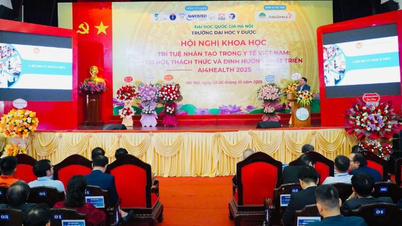


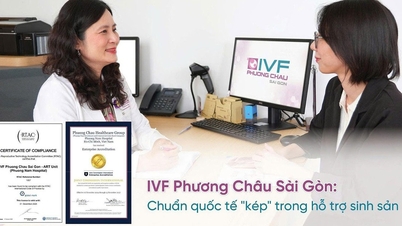












![[Photo] Prime Minister Pham Minh Chinh attends the opening of the 47th ASEAN Summit](https://vphoto.vietnam.vn/thumb/1200x675/vietnam/resource/IMAGE/2025/10/26/1761452925332_c2a-jpg.webp)













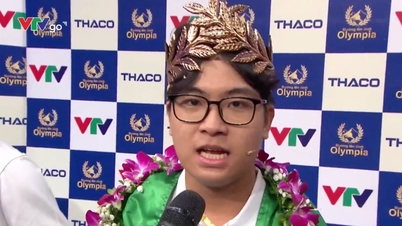



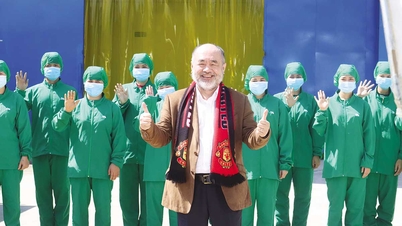




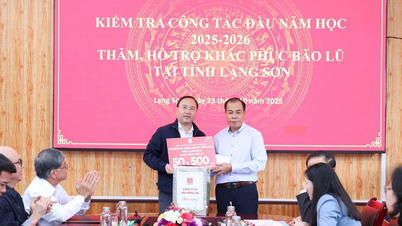
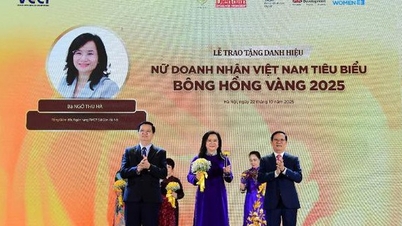



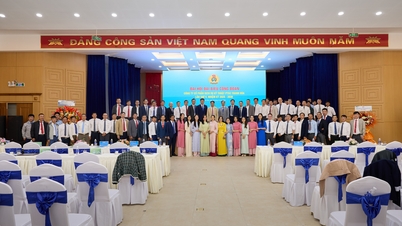






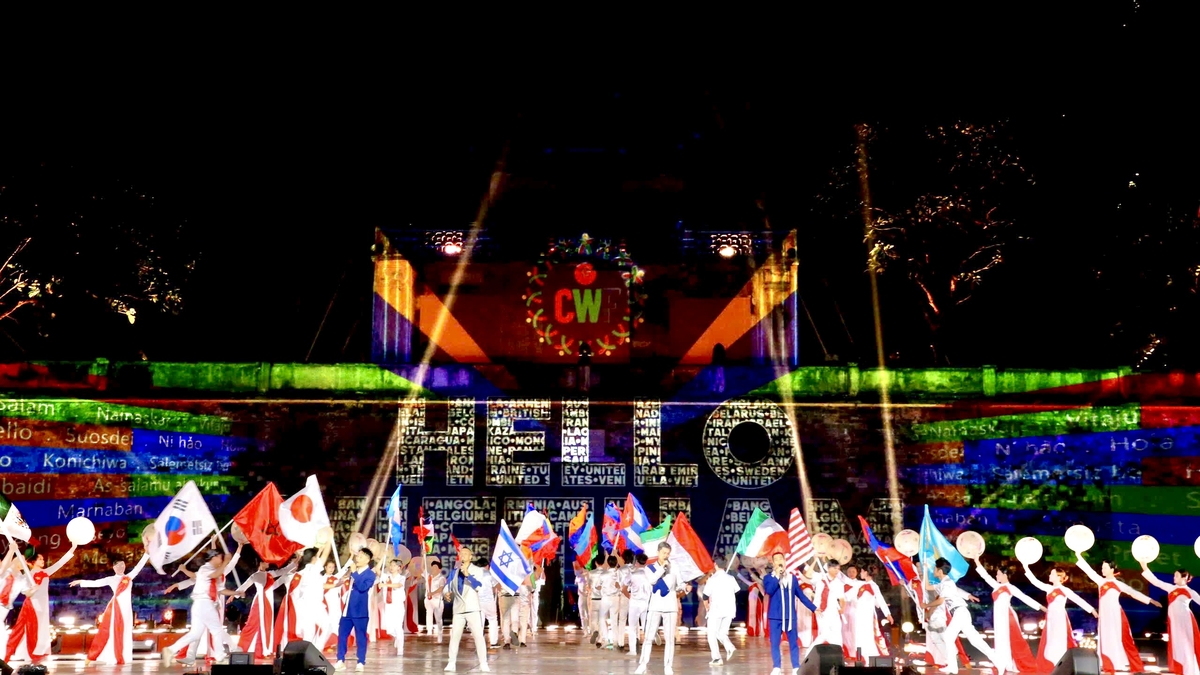


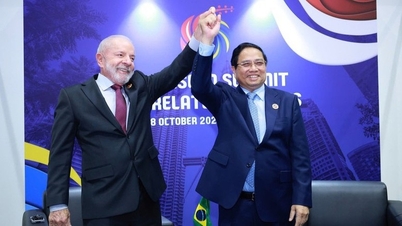
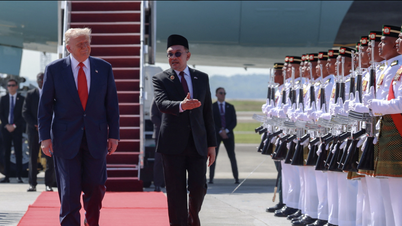

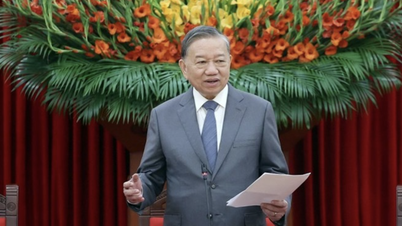



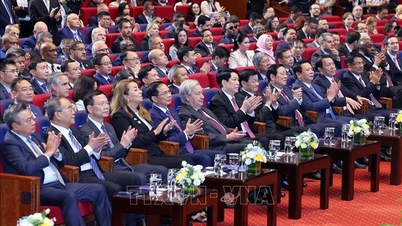

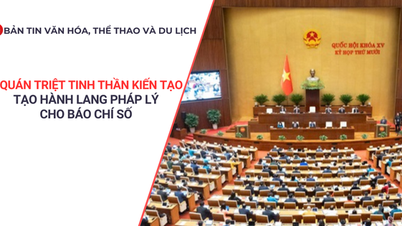







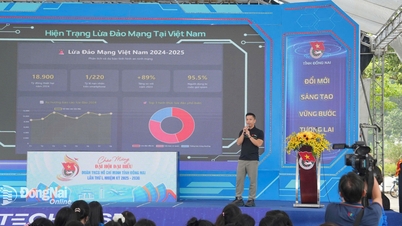


















Comment (0)